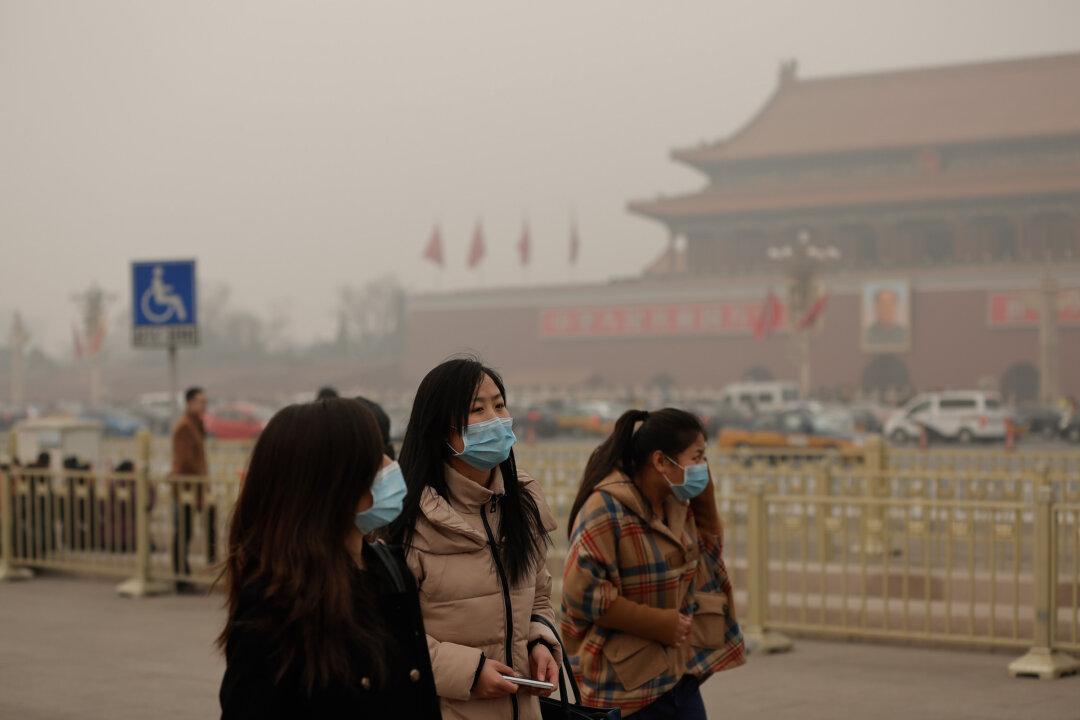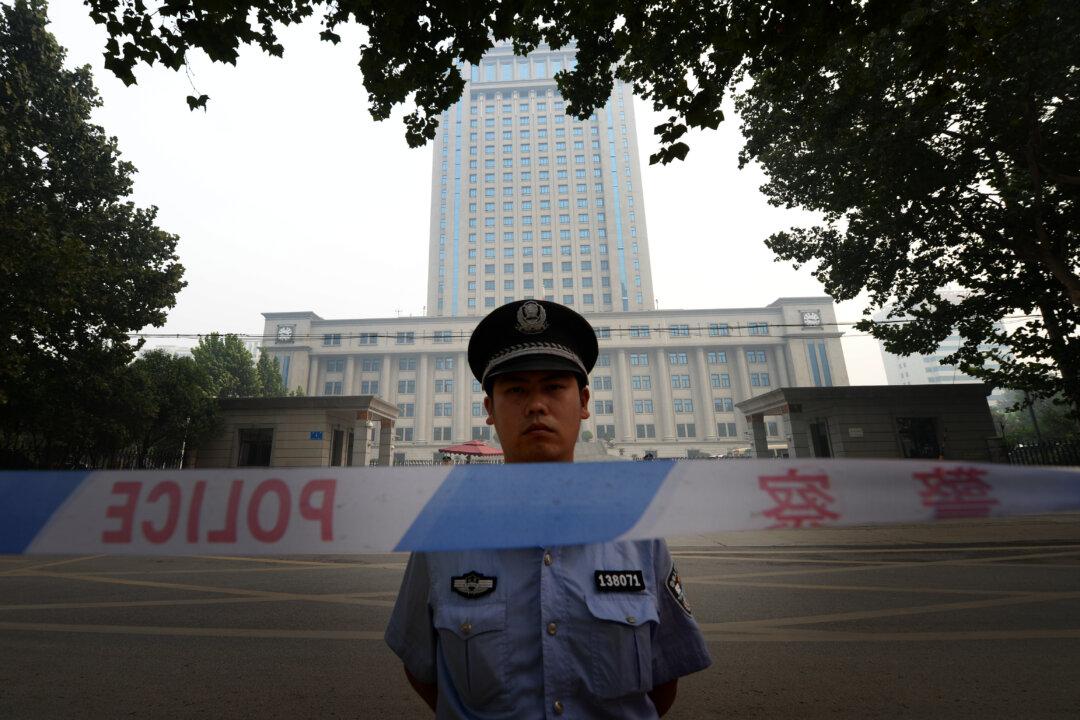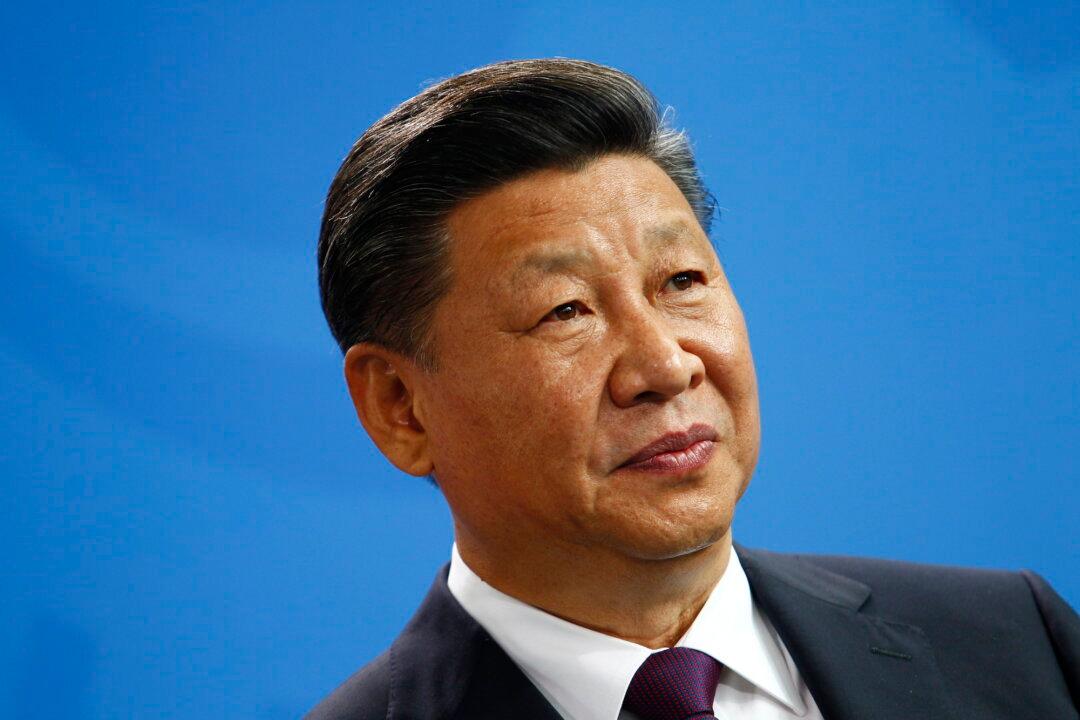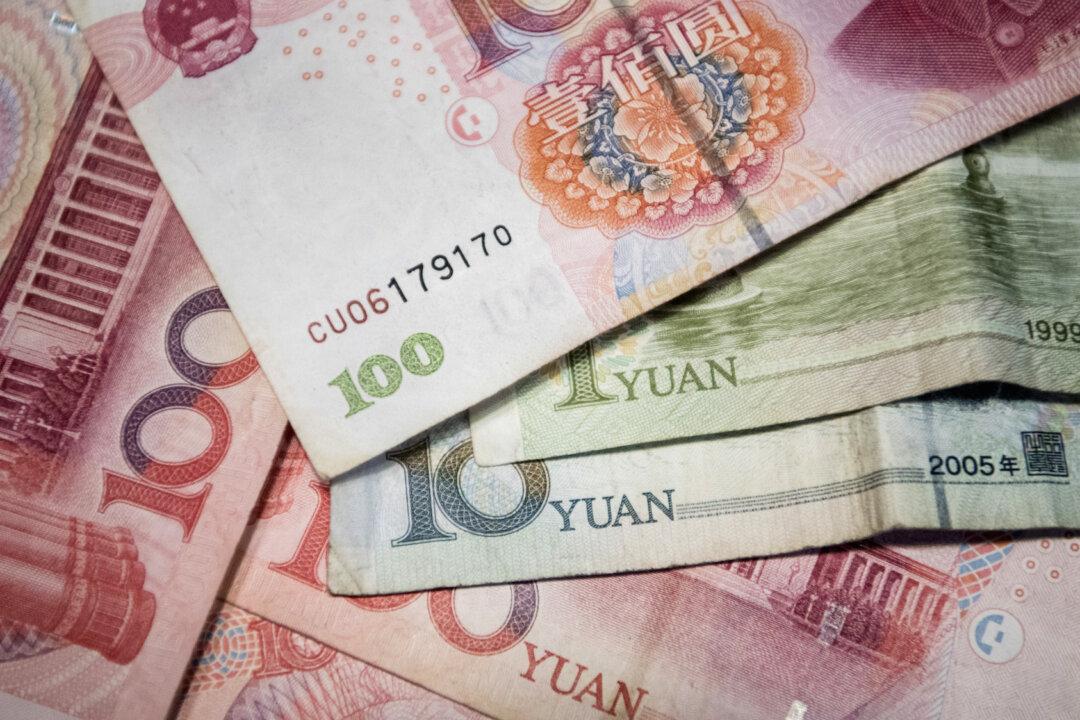Approximately 15 percent of China is experiencing heavy smog, with the main concentration being around Beijing, Tianjin, and Hebei Province. Hospital emergency rooms are overcrowded with respiratory patients.
Last week, Beijing saw the worst smog on record. Toxic air obscured the sun, and visibility at times was only about 220 yards. Some residents said that the air is filled with the smell of burning tires, industrial cleaners, and automobile exhaust, while others complained that their eyes feel constantly irritated from the air pollution.
Beijing resident Ms. Qi told the Epoch Times that the pollution recently has been unusually severe, making it difficult for her to breathe. She said she is also suffering from headaches, a dry, itchy throat, and sore eyes.
Ms. Gao, from the Dongcheng District of Beijing, said she lives on the 25th floor. She had hoped that living on an upper floor would give her cleaner air. However, the entire sky has been heavily clouded and hazy, making it look dark outside her windows.
Ms. Gao said she has stopped taking her 4-year-old grandson out for walks as the haze and pollution are so severe.
“I don’t dare go out for fear of being poisoned,” she said. “This weather makes it difficult to breathe, for both adults and children.”
Emergency Rooms Full
On the morning of Feb. 22, the respiratory clinic of Chao-Yang Hospital in Beijing was crowded with patients, according to Beijing Evening News. Personnel at the clinic said the number of patients with respiratory problems increases whenever there is haze, because it exacerbates people’s illnesses.
A staff at the emergency department of Beijing Anzhen Hospital told Epoch Times that the respiratory department schedules 15 appointments with a respiratory specialist each day, and the appointments are filled up very early in the day. With this kind of weather condition, the number of people coming to see doctors is very high, and it is hard to say how long one has to wait to see a doctor, the staff said.
According to Beijing Youth Daily, at several major hospitals in Beijing recently, the emergency rooms for intravenous infusions and resuscitations have been overflowing with patients. But the situation may become even worse.
Lin Jiangtao, the director of the respiratory department at the China-Japan Friendship Hospital said diseases caused by the smog are still in an incubation period, and the peak of patients seeking treatment may come in a week. Lin said that, based on his experience, it takes some time for the harmful substances to accumulate in the body and for the respiratory discomfort to turn into illness.
Worst Smog on Record
China’s Ministry of Environmental Protection said in a Feb. 23 report that 1.43 million square kilometers in China is affected by “haze pollution,” with the areas of Beijing, Hebei, Shaanxi, Shanxi, Shandong, Henan and Liaoning being most heavily affected. Near the Beijing-Tianjin-Hebei Province region, 20 out of the 39 cities at the prefectural level and above were suffering severe pollution.
At 7:00 am on Feb. 24, the National Meteorological Center of China’s Meteorological Administration issued a “yellow haze alert,” the fifth consecutive day for a yellow alert. This is the worst air pollution on record for Beijing.
Translated by Quincy Yu. Written in English by Christine Ford and Gisela Sommer.




